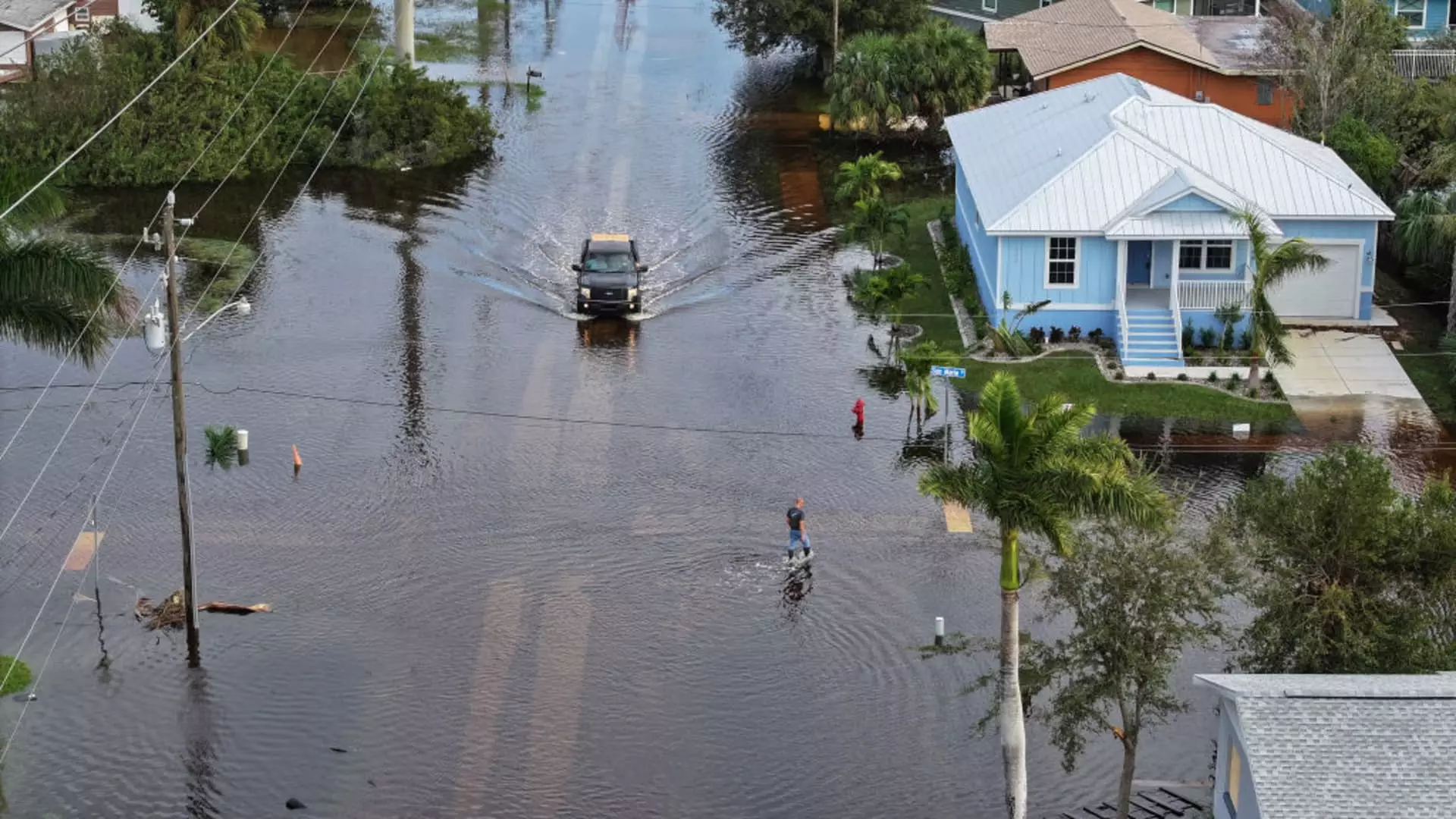As the calendar turns to June, we are met with the ominous onset of hurricane season. Recent forecasts from the National Oceanic and Atmospheric Administration (NOAA) indicate a staggering 60% likelihood of above-normal hurricane activity this year. With predictions of 13 to 19 storms that could escalate to hurricanes, including several potent Category 3, 4, or even 5 hurricanes, homeowners find themselves staring at a potentially catastrophic scenario. The economic toll from hurricanes is not just theoretical; last year alone, property damage and economic losses soared to $500 billion, rendering it one of the most financially crippling seasons on record. Given these terrifying statistics, homeowners must adopt a proactive approach to protect their investments and, more importantly, their lives.
Understanding Your Insurance Coverage: Key Steps to Take
With the threat of hurricanes looming large, one of the most crucial steps homeowners can take is to review and assess their homeowner’s insurance policies. This is not merely a recommendation; it is almost a necessity. Experts emphasize four cornerstone questions that every homeowner should consider: What is the true value of your property? How much would repairs cost? Are you insured against flooding? And, do you have sufficient emergency funds?
Charles Nyce, a distinguished risk management professor, warns of the dangers of being underinsured. Property valuations can fluctuate, especially in an unstable economic climate. Construction costs alone have surged dramatically in recent years; labor has risen by over 36%, while materials have seen an alarming increase of nearly 43%. Homeowners should not fall prey to complacency. Neglecting to adjust their policy limits accordingly could result in being severely under-covered when disaster strikes, leading to financially devastating consequences.
Revisiting Policy Limitations: Are You Adequately Insured?
The first point of concern is understanding the limitations of your homeowner’s policy. The limits represent the maximum amount your insurer will pay in the event of a loss. To safeguard your financial future, it’s imperative to ensure that those limits align with the current costs of rebuilding your home. This does not merely require a cursory glance at your policy; a detailed evaluation is necessary.
For instance, if the market rate for construction is significantly higher than when you last reviewed your insurance, you could find yourself in a precarious situation during a storm. Most insurance companies adhere to the 80% rule, requiring homeowners to maintain at least that percentage of the property’s replacement cost in coverage. If this threshold isn’t met, any claims made could result in payouts far below the actual loss, leaving homeowners in dire financial straits post-disaster.
The Deductible Dilemma: Choose Wisely
Moving onto deductibles, every homeowner must understand that the deductible directly influences what they will receive after filing a claim. Experts advise reviewing your deductible amounts closely, especially considering hazard-specific provisions like wind deductibles, which have a financial burden separate from standard deductibles.
For homeowners, a common strategy to lower premiums is to increase deductibles; for example, moving from a $1,000 to a $2,500 deductible could save roughly 12%. However, the caveat remains that the homeowner should be financially equipped to handle unexpected costs resulting from claims. To illustrate, a homeowner with a high wind deductible could face an out-of-pocket cost that can balloon into the tens of thousands of dollars after a hurricane, which can be crippling if not planned for.
Flood Insurance: A Necessity, Not a Luxury
One pervasive misconception is that standard homeowner’s insurance covers flood damage. It does not. Flooding is responsible for approximately 90% of disaster-related damage in the U.S., yet many homeowners remain unprotected due to lack of awareness about flood insurance offerings. It is essential to consider purchasing a separate policy through the National Flood Insurance Program or private carriers. This should not be an afterthought, as the policy typically includes a 30-day waiting period before coverage begins. Thus, buying at the last minute is not only ill-advised—it’s reckless.
Living in a flood-prone area should be a clear indicator to secure flood insurance, but even those in less susceptible regions shouldn’t dismiss it. Especially following devastating storms like Hurricane Helene, realigning one’s insurance strategy might also involve looking into excess flood insurance policies to supplement the national coverage limits, which often fall short of providing adequate financial recovery.
In light of these concrete facts and alarming statistics, it’s clear that preparation is not just an option; it’s a necessity for homeowners facing the wrath of hurricane season. The cost of complacency could very well lead to financial ruin, making it imperative to take immediate action. By reevaluating policies, assessing coverage adequacies, and being well-informed about flood risks, homeowners can safeguard their assets and emotional well-being during one of nature’s fiercest challenges.


Leave a Reply